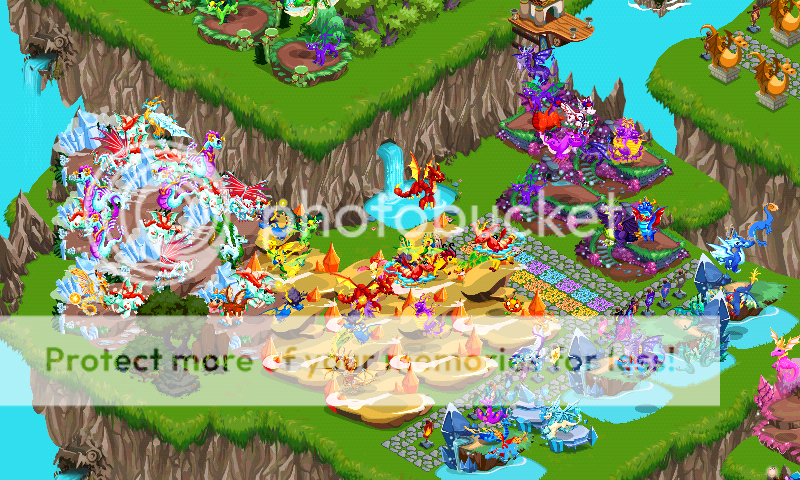


“Dragon City is a virtual city deeply rooted in Chinese mythology tracing back to the beginning of the world,” Zou told me, “I was inspired by how western mythology is systematically built upon Greek Mythology, while Chinese mythology is rather scattered and inconsistent.” The emergence of Dragon City represents a growing group of Chinese crypto fans who aspire to not only participate in the global NFT movement but also to contribute. Dragon City is opening sites up to commerce. For example, leasing a parcel of land to another user generates revenue, so is building a casino on the land and having users pay crypto to use it. Unlike Second Life though, the idea is that here, users can create, experience, and monetize what they build and what they own. It’s sort of like Second Life-but on a blockchain. Decentraland, which launched in 2017, offers users drag and drop tools to build, well, just about anything. Dragon City in Decentraland harkens back to old Chinese myths.ĭragon City is the largest plot of virtual space within Decentraland, which itself is a virtual world-building platform powered by the Ethereum blockchain. Its exquisite and exclusive Buddhist murals often remained closed to tourists for conservation reasons-but that is what Roy Zou, founder of Metaverse, and his five-person dev team, are trying to recreate in Dragon City.

Dunhuang is a city situated at the heart of Silk Road where the east and west converged during Western Wei dynasty (535-557 AD).


 0 kommentar(er)
0 kommentar(er)
